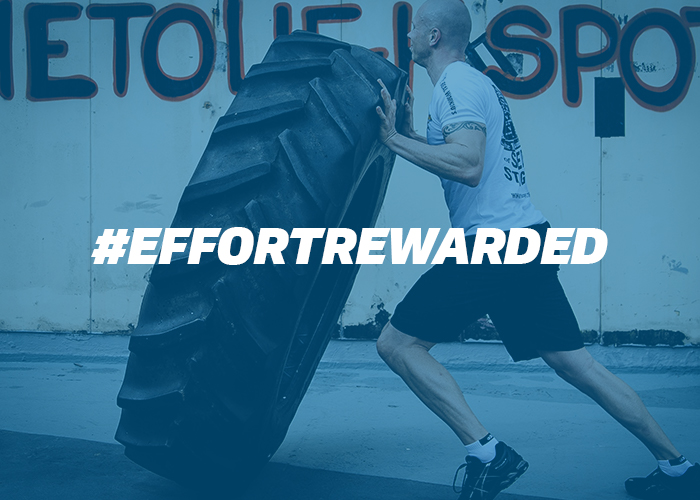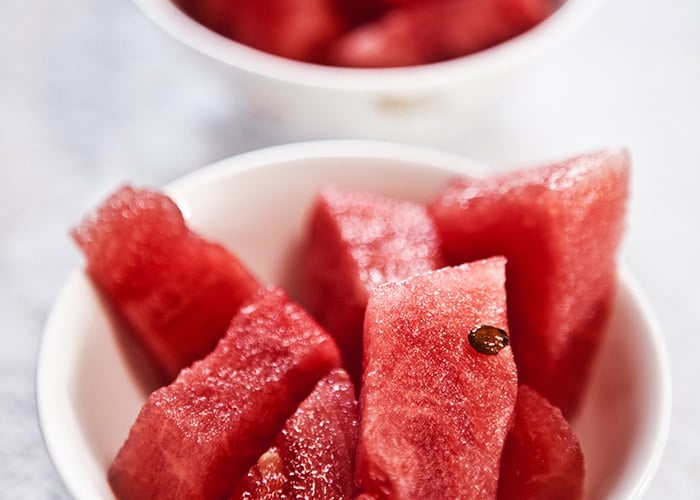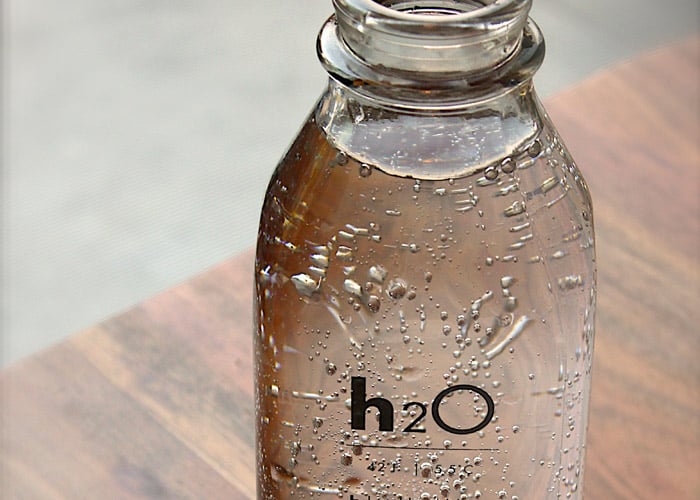Myzone: Fueling Your Exercise
We know that you work hard to plan your workouts in advance to optimize your fitness. Are you as intentional with the nutrition you put into your body? Do you plan your meals, snacks, and hydration in advance? An important factor in maintaining an exercise routine and fitness heart rate tracking is finding the right nutritional patterns to fuel your exercise.
We reached out to Dr. Michelle Alencar, an Assistant Professor in Fitness at California State University, Long Beach and asked for her advice on fueling exercise. Dr. Alencar holds a PhD in exercise physiology, and is also a certified clinical nutritionist (CCN) and an American College of Sports Medicine (ACSM) certified clinical exercise physiologist (ACSM-CEP). Further, she is a MYZONE user and exercises regularly - she practices what she preaches!
We asked Dr. Alencar what she would recommend from a nutrition perspective to someone who is exercising to meet the physical activity guidelines put out by the World Health Organization (WHO). As a refresher from previous blog posts and Fitness Friday broadcasts, the WHO guidelines for physical activity include accumulating (at minimum) 150 minutes of moderate intensity cardiorespiratory exercise or 75 minutes of vigorous intensity cardiorespiratory exercise (or a combination thereof) per week. That is an average of 300 MEPs per week or 1300 MEPs per month. Further, the WHO guidelines include performing resistance training and flexibility two days per week for all major muscle groups.
In this blog post, we summarize fueling recommendations made by Dr. Alencar regarding the following nutritional factors related to exercise and fitness heart rate tracking: macronutrient percentages, nutrition timing, and hydration.
Please note that these are general recommendations and will not apply to everyone. You will want to seek out a registered dietician or certified nutritionist (perhaps even a sports dietician) if you would like information tailored specifically to your needs.
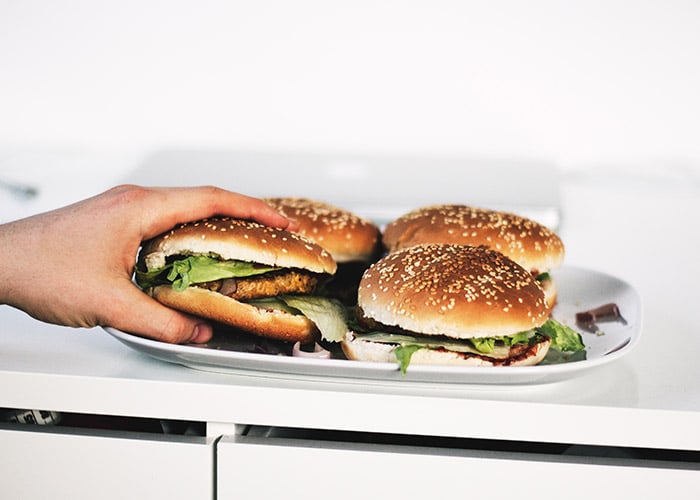
Macronutrient Breakdown
Macronutrients consist of carbohydrates, proteins, and fats, all of which are an important part of fueling exercise. Carbohydrates are important for providing energy to both our body and brain. Proteins are important for repair and building. Fats are important for energy and hormone production.
If you are accumulating the minimal physical activity amounts according to the WHO guidelines as described above (i.e. earning around 300 MEPs per week), Dr. Alencar recommends following the general guidelines for macronutrient ratios. Of the total calories that you are consuming, aim for the following macronutrient breakdown: 45-65% from carbohydrate, 10-35% from protein, and 20-35% from fat. Your total caloric needs will depend on your gender, body weight, activity level, and goals. You can figure out your total caloric requirements by using an App like MyFitnessPal (which also tracks your macronutrient breakdown) or using a website calculator like this one from the Mayo Clinic. As a quick reference, here is a table from the United States Department of Agriculture (USDA) Center for Nutrition Policy and Promotion that provides total calorie need estimates. Please keep in mind that these tools are only providing estimates that you may need to adjust for your body.
As you probably noticed, the macronutrient percentages are offered in wide ranges. This means you will need to play around with what ratios work best to fuel your exercise and meet your goals. So, what influences the percentages we should aim to consume?
In general, if you are increasing the frequency or duration of your cardiorespiratory exercise beyond the general recommendations, you may want to consume within the higher range of carbohydrates (i.e. 50-65% of total calories coming from carbs).
If your goals are more specific to resistance training, and you are seeking to make improvements in strength or muscle size, you may want to consume within the higher range of the protein ratio (30-35%). Of course, you will eventually need to increase the volume or intensity of your resistance training beyond the minimum recommendations to see continued improvements.
In summary, macronutrient distribution will be dependent on many factors, a few of which are: mode of activity (cardio vs. RT), volume and intensity of activity, and health and fitness goals.
Here are some examples of healthy choices for carbohydrates, proteins, and fats:
Carbohydrates
- Whole Wheat
- Whole Oats
- Quinoa
- Brown Rice
- Yams or Sweet Potatoes
Proteins
- Lean Meats
- Dairy (milk, cheese)
- Eggs
- Quinoa
- Tofu/Tempeh
Fats
- Olive Oil
- Avocado
- Flaxseeds/Flaxseed Oil
Nutrition Timing
You can read many different recommendations about nutrient timing related to exercise. As a general recommendation, Dr. Alencar states that it is best practice to eat before working out. She recommends consuming a meal or snack an hour or two before your workout. If you have a sensitive stomach or are performing higher intensity exercise, you can choose foods that sit well with you. This is often a trial and error process. Put together a few different pre-workout snacks or meals and see what works best to fuel you.
Healthy Pre-Workout Meal/Snack Examples
- Banana with Peanut Butter
- Oatmeal with Fruit
- Sandwich with Lean Meat or Plant-Based Protein (i.e. tofu/tempeh)
- Protein Bar and Fruit
In terms of post-workout, Dr. Alencar recommends consuming a meal or snack within an hour or two. You do not need to try to compensate for calories as your daily requirements should be enough. If your workout was longer in duration or more intense, it will be especially important to re-fuel after your workout and to pay attention to the composition of your snack or meal – aim for a combination of carbohydrate and protein.
Healthy Post-Workout Meal/Snack Examples
- Cottage Cheese or Yogurt and Fruit
- Sandwich with Lean Meat or Plant-Based Protein
- Apple or Banana with Peanut Butter
- Protein Bar and Fruit
Hydration
Just as we need to be intentional about the food we are eating before and after exercise, it is very important to hydrate before, during, and after exercise. Before exercise, aim to consume 16-20 ounces of fluids a few hours before and another 8-12 ounces within 30 minutes pre-workout. During moderate or vigorous intensity exercise, you should take in about 8 ounces of fluid every 15 to 20 minutes. Following exercise, you should replenish the fluids you lost due to perspiration. In general, about 16 to 20 ounces post workout should do the trick - more for exercise of higher intensity or longer duration (you want to take in about 20 ounces for every pound lost due to perspiration).
We hope you find these strategies helpful in fueling your exercise and fitness heart rate tracking! And, we want to know how your workouts are going. Post to Facebook, Instagram, and Twitter and use the hashtags: #effortrewarded #myzonemoves #MYZONE.
For more tips on how to use the fitness heart rate tracking capabilities of MYZONE, follow us during Fitness Fridays on Facebook Live (subscribe on MYZONE’s Facebook Page) – 8 am PT, 11 am ET.
Keep moving forward!
Share this
You May Also Like
These Related Stories
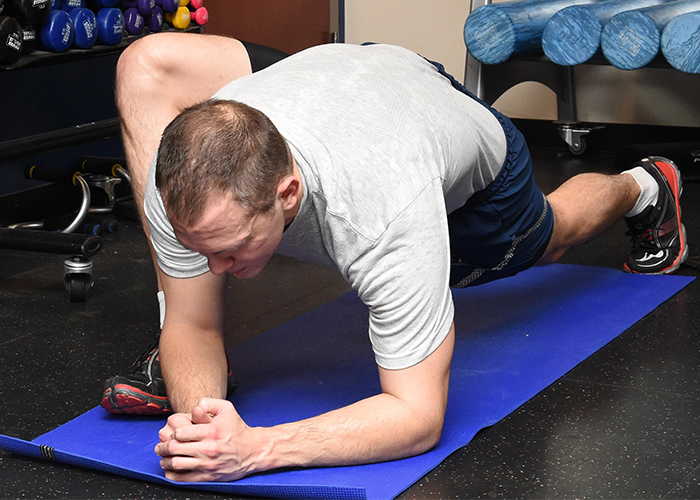
Summer Sizzler Core Training Workout

Myzone: Three Heart Pumping Workouts (in under 30 minutes)
